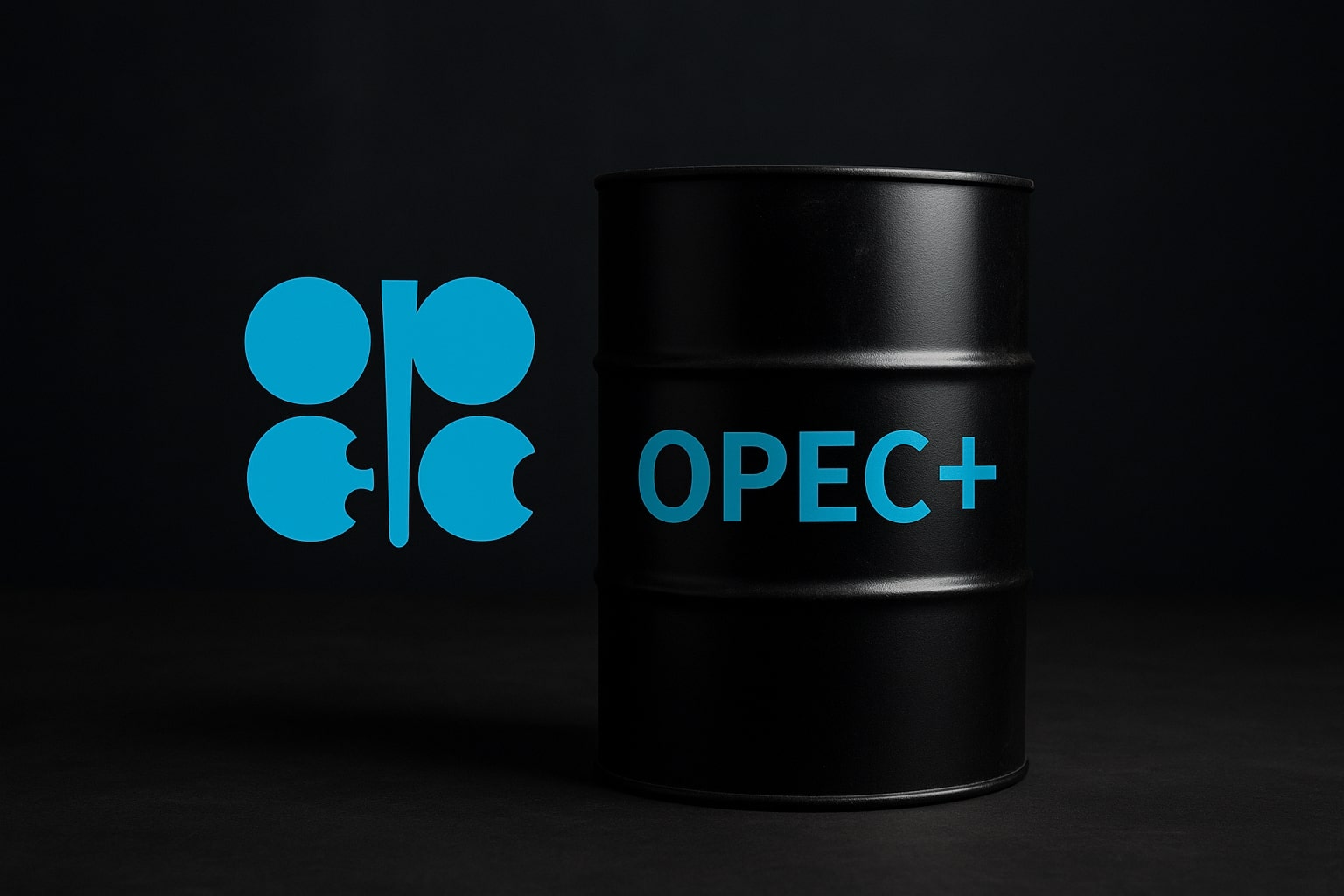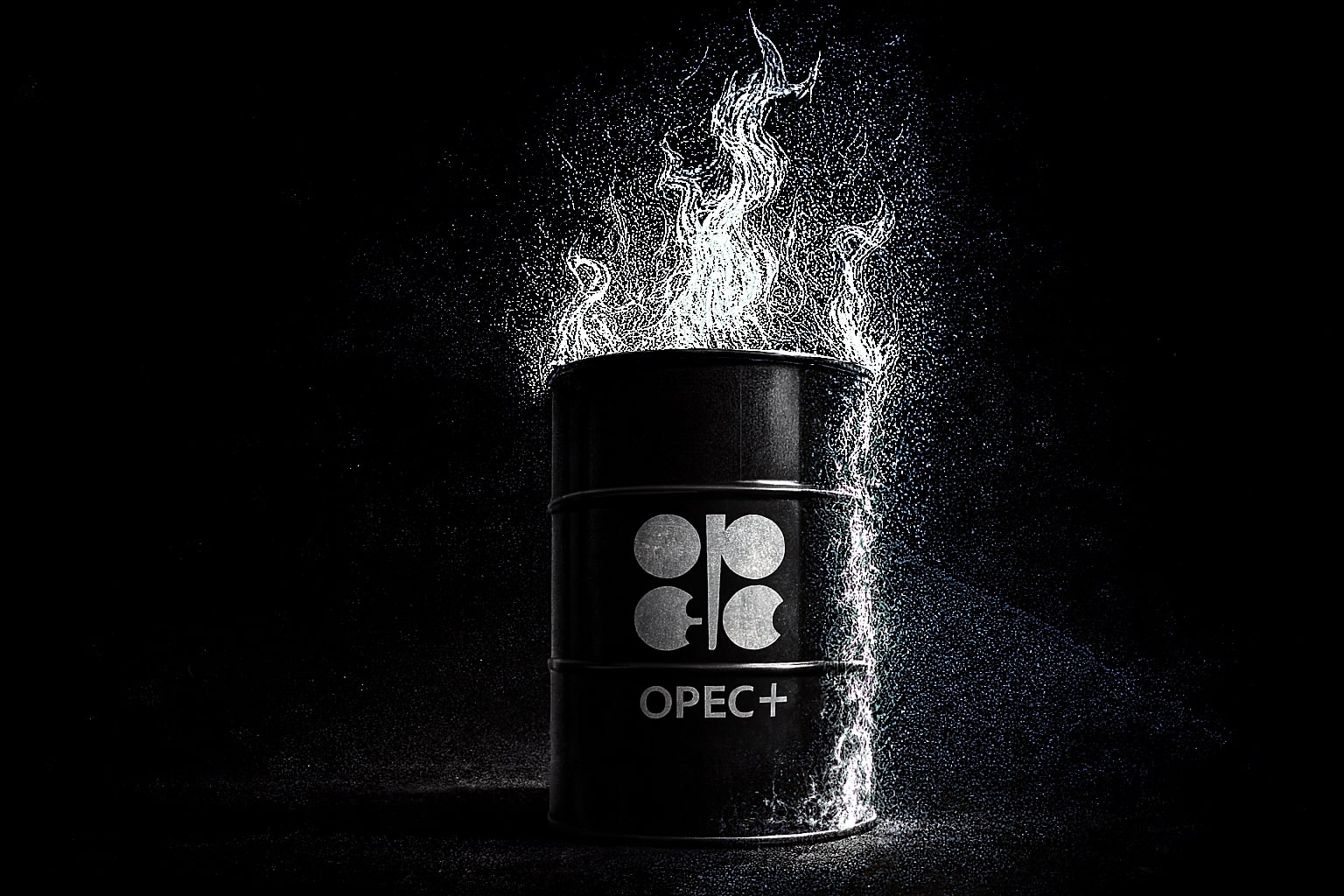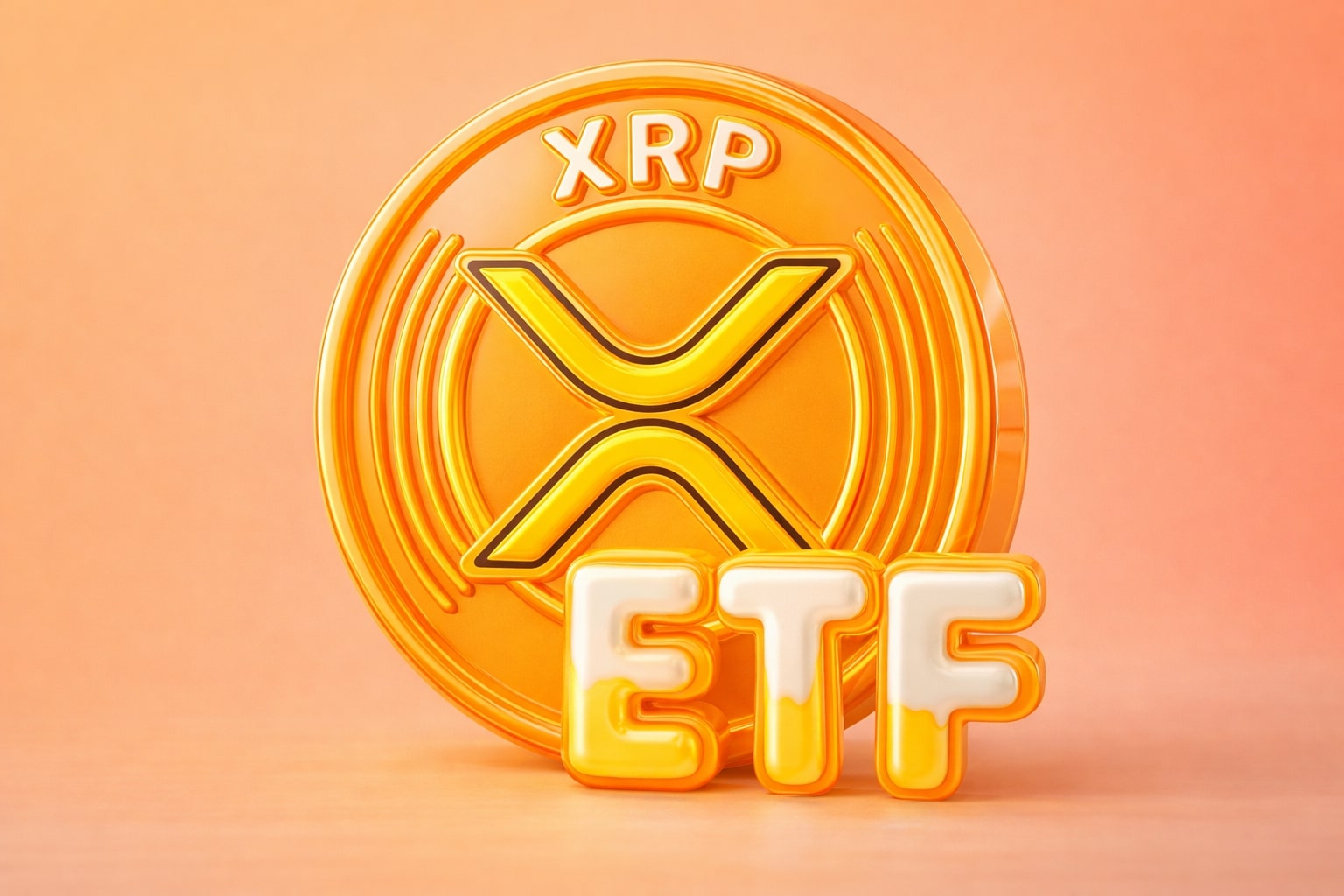
Oil Prices Rangebound Near $66 as OPEC+ Hike Fizzles and Demand Slows
WTI (CL=F) at $66.14 and Brent (BZ=F) at $67.88 as traders fade supply promises and await clear demand triggers | That's TradingNEWS
WTI Oil (CL=F) Pressured by OPEC+ Supply Shift as Price Battles Key Resistance
OPEC+ Accelerates Output, But Actual Supply Trails Pledges
OPEC+ has formally raised production quotas by 548,000 barrels per day for August, up from previous incremental targets of 138,000 bpd in April and 411,000 bpd in July. This increase marks a rapid return of 1.9 million bpd out of the original 2.2 million bpd voluntary cuts from 2022. Yet actual output trails official pledges—only 267,000 bpd were added in June by core OPEC members, with most of the rise coming from Saudi Arabia. The market’s response has been tepid, as traders now question whether these quota hikes will truly translate into higher exports, especially amid weakening Chinese crude demand and near-saturation in Indian imports.
Saudi Aramco Hikes Crude Prices Despite Market Weakness
Saudi Aramco’s pricing strategy has shifted aggressively even as Brent (BZ=F) and WTI (CL=F) trade in the mid-to-high $60s. Aramco raised European export prices by $1.40 per barrel for July, with Asian buyers facing hikes between $0.90–$1.30 and North America seeing $0.20–$0.40 increases. The price hikes arrive despite OPEC+ boosting output and signal Aramco’s confidence in refining demand holding up through peak summer season. Yet Brent slipped to $67.88, and WTI fell to $66.14, reflecting market skepticism over demand resilience.
China and India Curb Imports After June Price Spikes
Chinese crude imports have flatlined in 2025, with just a 0.3% year-to-date increase. June’s strong 11.96 million bpd arrivals—up from 11.3 million in May—appear to be opportunistic purchases from when crude dipped to $58.50 in May. As prices rebounded in mid-June due to Iran-Israel tensions, buying waned. History shows both China and India trim imports when Brent exceeds $70, choosing instead to draw from reserves. IndianOil now forecasts a stabilization range of $65–$70, anticipating dips below $65 in the short term. The discount advantage of Russian crude has also narrowed, prompting Indian refiners to diversify sources.
Technical Structure Shows Bullish Grind, Not Breakout
WTI crude (CL=F) has been bouncing between its 50- and 200-day moving averages, now near $66.50 and $68.50, respectively. The 4H chart shows a rising trendline from 2025 lows, supporting a gradual push upward. Resistance stands at $70, with pivot zones at $72–$73 and a key ceiling at $75–$76. On the downside, support holds at $66.50, with further cushions at $65 and $63. Momentum remains neutral, with RSI stuck around 50 and Bollinger Bands contracting—signaling consolidation rather than breakout. Traders remain cautious amid muted volatility and absence of major catalysts post-NFP.
Geopolitical Noise Fails to Trigger Sustained Price Spike
June’s price spike after Israel and the U.S. struck Iranian targets was short-lived. Although Brent briefly topped $70, the lack of follow-through shows geopolitical shocks are increasingly being faded by markets. This resilience in oil pricing reflects a broader market recalibration: with spare capacity recovering and traders now aware of headline-driven volatility, emotional reactions are shorter-lived. Ongoing ceasefire efforts and muted tensions have since pulled prices back into the $66–$68 corridor, where they’ve remained locked.
Shell’s Q2 Warning Highlights Trading Slump, Demand Uncertainty
Shell (NYSE:SHEL) issued a profit warning for Q2, flagging "significantly lower" trading and optimization results across its Integrated Gas and Chemicals & Products segments. LNG liquefaction guidance was revised to 6.4–6.8 million tons, slightly below prior expectations. Upstream production was also cut due to Nigerian divestments and maintenance, signaling broader headwinds in the energy supermajor space. The miss aligns with price weakness in April–May and underscores the difficult environment for Big Oil—even with seasonal demand highs.
Market Eyes Inventory Trends and Demand Indicators in Q3
Inventory drawdowns will be critical into Q3. The EIA’s next update is poised to signal whether refiners are ramping throughput in anticipation of high-summer gasoline demand. With U.S. driving season underway, inventory drops could offer upside triggers. But if demand lags amid still-sticky inflation and tepid job growth, prices could remain capped. OPEC+ has the capacity to push prices lower if quotas are met, though history shows actual output lags promises. China’s July import behavior will be a key swing factor.
Verdict: WTI Oil (CL=F) Is a HOLD Pending Clear Demand Confirmation
Despite structural support from Aramco’s pricing stance and summer seasonal tailwinds, oil markets remain rangebound. Weak execution of OPEC+ hikes, uncertain Asian demand, and Big Oil’s guidance cuts all weigh on bullish conviction. WTI oil (CL=F) sits at a technical inflection, but until inventories fall meaningfully or demand beats expectations, a Hold rating is appropriate. Upside above $75 would require a fundamental shift, not just headlines.
That's TradingNEWS
Read More
-
SMH ETF: NASDAQ:SMH Hovering at $350 With AI, NVDA and CHIPS Act Fueling the Next Move
16.12.2025 · TradingNEWS ArchiveStocks
-
XRP ETFs XRPI and XRPR: Can $1B Inflows Lift XRP-USD From $1.93 Back Toward $3.66?
16.12.2025 · TradingNEWS ArchiveCrypto
-
Natural Gas Price Forecast: NG=F Falls to $3.80–$3.94 as Warm Winter Kills $5.50 Spike
16.12.2025 · TradingNEWS ArchiveCommodities
-
USD/JPY Price Forecast - USDJPY=X Slides, BoJ 0.50% Hike, Fed Cut and NFP Set the Next Big Move
16.12.2025 · TradingNEWS ArchiveForex



















